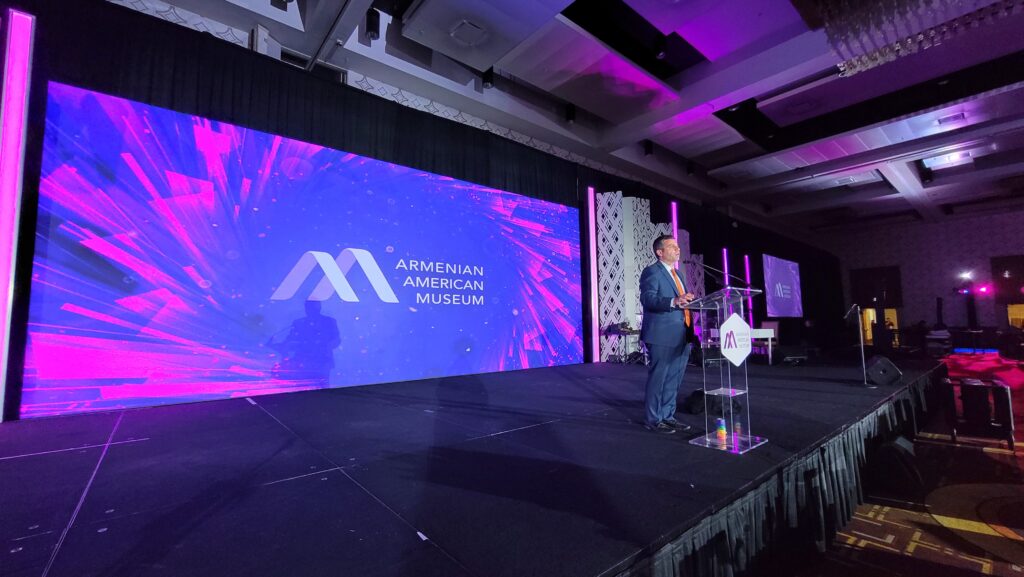Mastering Hue Accuracy in Light Emitting Diode Wall Adjustment for Breathtaking Graphic Presentations
Mastering Hue Accuracy in Light Emitting Diode Wall Adjustment for Breathtaking Graphic Presentations
Blog Article
Hue accuracy is essential for creating stunning visual displays, particularly when using LED walls. These massive displays are frequently found in locations like music venues, sports arenas, and advertising billboards. When the colors on an LED wall are not correct, the visuals can look flat or distorted, which can affect the overall experience for viewers. Therefore, mastering color accuracy in LED screen tuning is crucial for attaining lively and realistic visuals.
The first step in guaranteeing color precision is comprehending how LED technology works. LEDs, or light-emitting diodes, generate light in various colors by combining red, green, and blue (RGB) light. Each pixel on an LED wall consists of these three hues. When tuned properly, the combination of RGB can create a wide range of hues. However, if one hue is too bright or too dim, it can distort the entire screen. This is why calibration is needed to equalize the colors and reach the desired graphic result.
Calibration entails adjusting the settings of the LED wall to ensure that the hues displayed match the initial content as nearby as possible. This procedure usually involves using specialized software and hardware instruments. Technicians often use color measurement devices, such as color meters, to analyze the colors being shown. By comparing the measured colors to benchmark color values, they can make exact adjustments. This guarantees that the hues are not only lively but also uniform across the entire display.
Another crucial aspect of color precision is understanding the surroundings in which the LED wall is employed. Elements such as ambient light can significantly affect how colors look. For example, a well-lit illuminated room may fade hues, making them look less lively. To mitigate this, technicians may adjust the luminosity and contrast configurations of the LED wall. Additionally, they may choose specific color settings that are better appropriate for different lighting environments. This adaptability helps maintain color accuracy irrespective of the viewing environment.
Ultimately, routine maintenance and recalibration are crucial for maintaining an LED screen looking its finest. Over time, the performance of LEDs can alter due to this website elements like degradation and heat fluctuations. Regular inspections and modifications can help ensure that the colors stay accurate and vibrant. By committing time in appropriate calibration and upkeep, venues can offer viewers with stunning graphic displays that enhance their overall experience. Perfecting color accuracy in LED wall tuning is not just a technical task; it is an expertise that contributes to the magic of graphic storytelling.